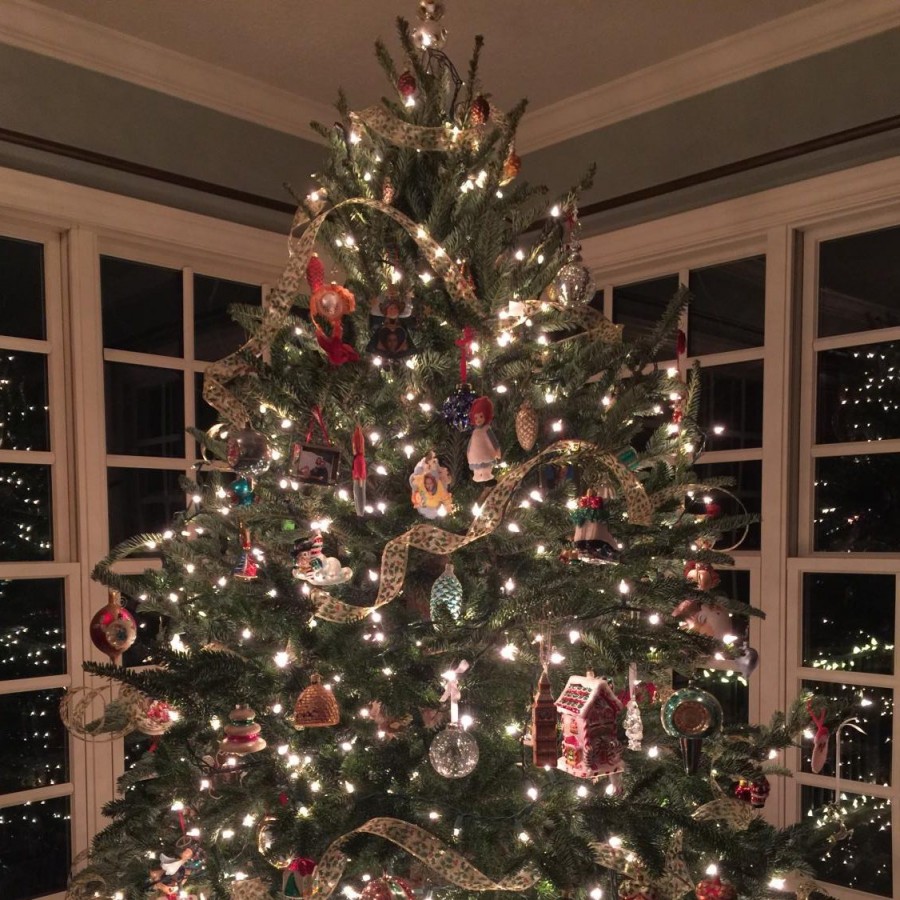As a result of the Great Recession, significantly fewer trees were planted in 2008 through 2010. Trees take eight to ten years to reach full height, so the effects of the small crops are just hitting the markets now.
Americans are expected to buy 27 million trees this year. However, when tree farmers had less money to put into planting ten years ago they set in motion the shortage affecting the market today. Caring for young trees through their first three years is the most time consuming process for the farmers. Growing from a seed, the sapling must be replanted in a transplant bed and later the field. Dealing with the economic crisis left farmers with less time and money to support the baby trees.
There have also been droughts during the last ten years that negatively affect the Christmas tree market. Rick Wyffels, a tree farmer in Moline, does not have any trees for sale this year. The drought in 2012 killed the 2,000 he and his wife had planted.
Interviewed by the Quad City Times, “This is just a gap year. We’re going to let the trees we have grow.” While his farm has many smaller trees, they will not be for sale in 2018. Selling the younger trees now would start a cycle of years without the popular, 7 to 8 foot trees that most Americans seek from Christmas tree lots.
However, with the turn to plastic christmas trees there may soon be less demand for the real pines. Last year twenty-one million artificial christmas trees were sold, a tremendous leap from 9 million in 2004.
Artificial trees are cheaper as they can be used year after year, are easier to put up, lack the mess of pine needles, and are beneficial for families dealing with allergies. Senior Katie Oros’s family will decorate an artificial tree this season. “Growing up, my family has only used artificial, but last year we had a real one and that was nice. Personally, I like real trees better but there is a trade off in the amount of work with a real tree.”Artificial trees may be a solution to the fluctuating tree supply.









